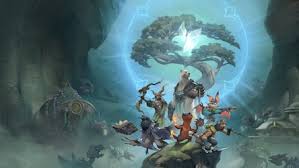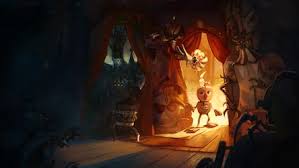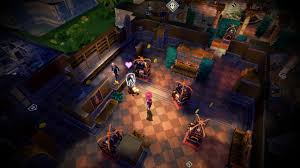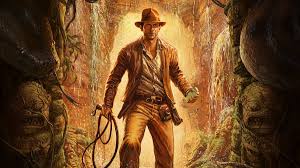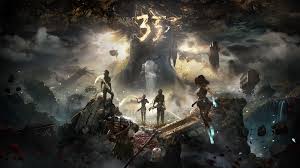Perfect Dark: A Look at the Pros and Cons
Introduction
“Perfect Dark” is a first-person shooter (FPS) developed by Rare and originally released for the Nintendo 64 in 2000. Set in a futuristic world, players take on the role of Joanna Dark, a skilled operative who must navigate various missions filled with intrigue, espionage, and action. Renowned for its innovative gameplay and storytelling, “Perfect Dark” is often regarded as one of the greatest games of its time. This article explores the pros and cons of “Perfect Dark,” highlighting what makes it a standout title and where it may fall short.
Pros
- Innovative Gameplay Mechanics
“Perfect Dark” introduced several gameplay mechanics that were ahead of its time. Players can use a variety of gadgets and weapons, engage in stealth gameplay, and complete missions in multiple ways. The ability to choose between direct confrontation and stealth adds depth to the gameplay and encourages players to experiment with different strategies. - Multiplayer Experience
The game features an extensive multiplayer mode, allowing players to compete against each other in various game types. With split-screen and later online capabilities, “Perfect Dark” became a favorite among friends and families, fostering a competitive yet fun environment. The game also included a range of customizable options, from character selection to weapon loadouts. - Engaging Storyline
The narrative of “Perfect Dark” combines science fiction with espionage, immersing players in a rich world filled with intrigue. The plot is well-crafted, featuring engaging characters and a compelling storyline that unfolds through the game’s missions, keeping players invested in Joanna’s journey. - High Replay Value
With multiple difficulty levels, hidden items, and alternate mission objectives, “Perfect Dark” offers significant replay value. Players are encouraged to revisit missions to uncover all secrets, achieve higher scores, or simply enjoy the gameplay again. - Graphical and Technical Achievements
At the time of its release, “Perfect Dark” showcased impressive graphics for the Nintendo 64, utilizing advanced lighting effects and detailed character models. Its technical achievements set a new standard for FPS games on consoles.
Cons
- Complex Controls
While the innovative gameplay mechanics are a significant strength, the control scheme can be complex and overwhelming for some players. The numerous options and gadgets available may confuse newcomers, making it challenging to fully enjoy the game without a learning curve. - Aging Graphics
Though the graphics were impressive for its time, “Perfect Dark” has not aged as well compared to modern titles. Newer players may find the graphics and animations somewhat dated, which can impact their overall experience. - AI Limitations
The game’s AI can sometimes feel inconsistent. Enemy behaviors may lack sophistication, leading to predictable patterns. While this can make for easier gameplay at times, it can also detract from the challenge, particularly in stealth scenarios. - Mission Structure
Some players may find the mission structure repetitive, as many objectives revolve around similar tasks. While the game encourages exploration and creativity, the core mechanics can lead to a sense of déjà vu as players progress through the storyline. - Limited Single-Player Content
While the single-player campaign is engaging, some players might feel that it is relatively short compared to modern standards. This may leave players wanting more content after completing the main storyline.
Conclusion
“Perfect Dark” remains a beloved classic in the gaming world, celebrated for its innovative mechanics, engaging storyline, and memorable multiplayer experience. While it does have its drawbacks, including complex controls and aging graphics, its strengths significantly outweigh its cons. For fans of the FPS genre or those interested in gaming history, “Perfect Dark” offers a rich experience that continues to resonate with players. Whether revisiting this classic or experiencing it for the first time, it stands as a testament to the creativity and innovation that defined its era.





